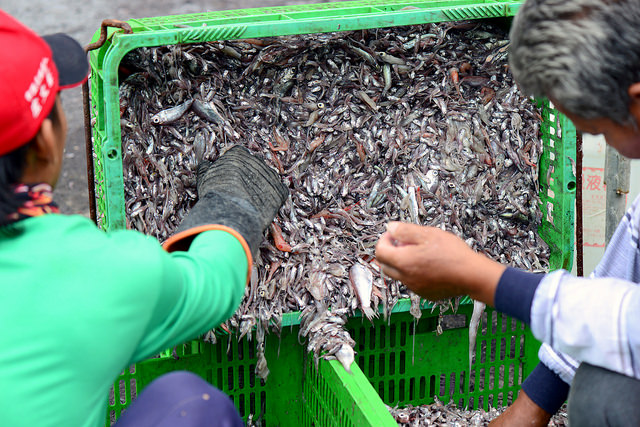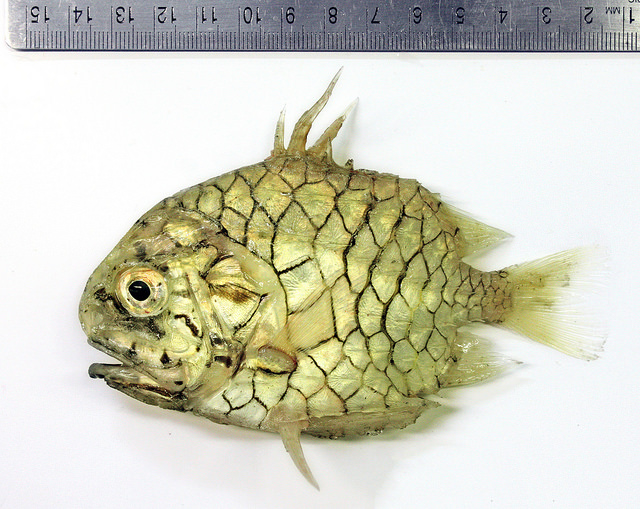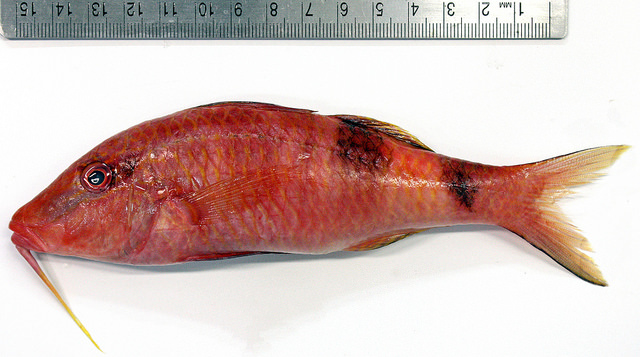Publication: Biofluorescence in Catsharks (Scyliorhinidae): Fundamental Description and Relevance for Elasmobranch Visual Ecology
Gruber, D.F., Loew, E.R., Deheyn, D.D., Akkaynak, D., Gaffney, J.P., Smith, W.L., Davis, M.P., Stern, J.H., Pieribone, V.A., and Sparks, J.S. Nature: Scientific Reports 6:24751.
Biofluorescence was recently been found to be widespread in marine fishes, including catsharks. Here we found that catsharks are not only able to see the bright green biofluorescence they produce, but that they increase contrast of their glowing pattern when deep underwater. The study, conducted with a custom-built 'shark-eye' camera that simulates how the shark sees underwater, shows that fluorescence makes catsharks more visible to neighbors of the same species at the depths that they live and may aid in communication between one another. Further, phylogenetic investigations indicate that biofluorescence has evolved in the catsharks, stingrays, and carpetsharks. The repeated evolution of biofluorescence in elasmobranchs, coupled with a visual adaptation to detect it, highlights the potential importance of biofluorescence in elasmobranch behavior and biology.






